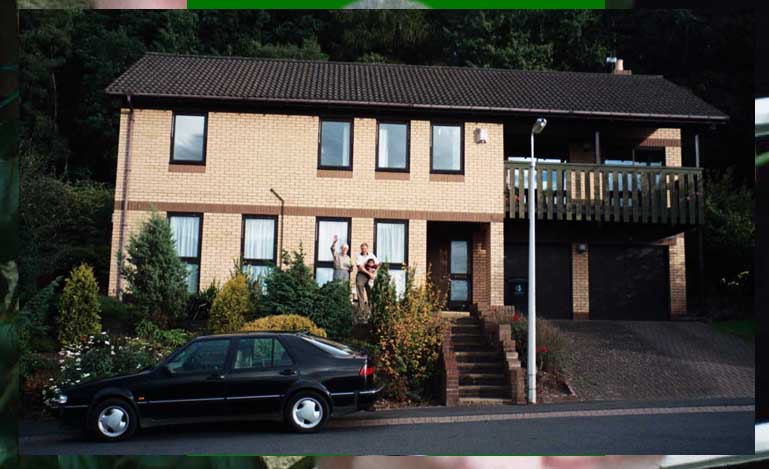
David's parents house.
Hexham, Northumberland.
2 September 2004 |

Rievaulx Abbey was the most
important Cistercian abbey in England. It was founded in 1132 by
Bernard of Clairvaulx, who was the Abbot of a monastery in France.
The Cistercians were an order which preached a simple, ascetic life
dedicated to God. They wore white habits, were forbidden luxuries
like underwear, and were required to attend several daily services
from the early morning to late night.
Yorkshire. August 2004 |
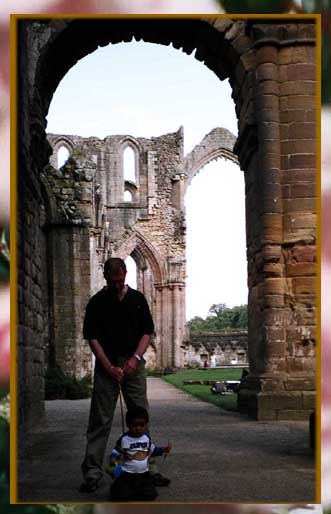
|
Fountains
Abbey adopted a wide mix of architectural styles.
Here, the grand East window of the Abbey Church can be seen
behind a rounded Romaneqsue arch in one of the aisles.
Yorkshire.
August 2004 |
|
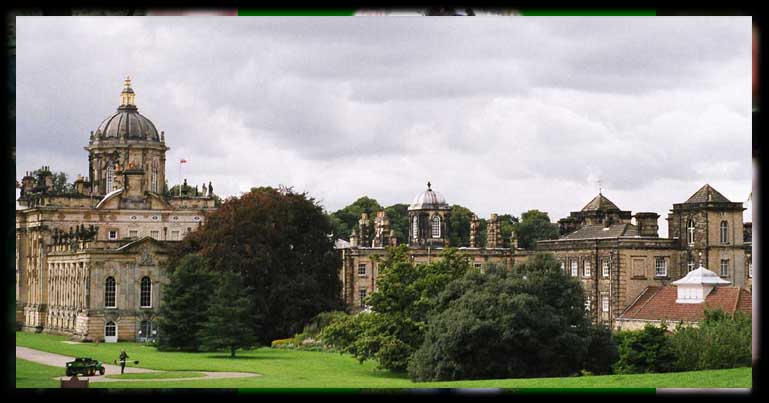
A general view of Castle
Howard. The contrast between the Palladian style (on
the right) and the classical is evident.
Yorkshire. August 2004 |
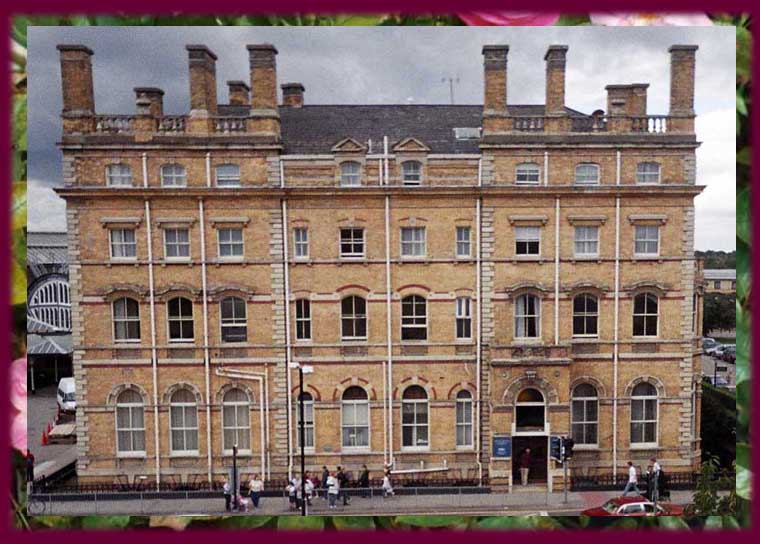
York has
long been known as a railway town (indeed it is host to the National
Railway Museum, which we didn't have time to visit). As in most
towns, there is a large hotel next to the railway station but,
unlike in many towns, York's still appears to set a high standard.
August 2004 |
|
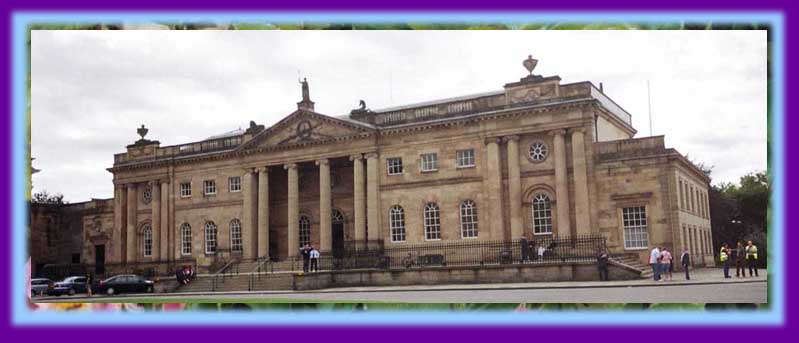
York City Museum is housed in a fine classical building
opposite the castle.
August 2004 |
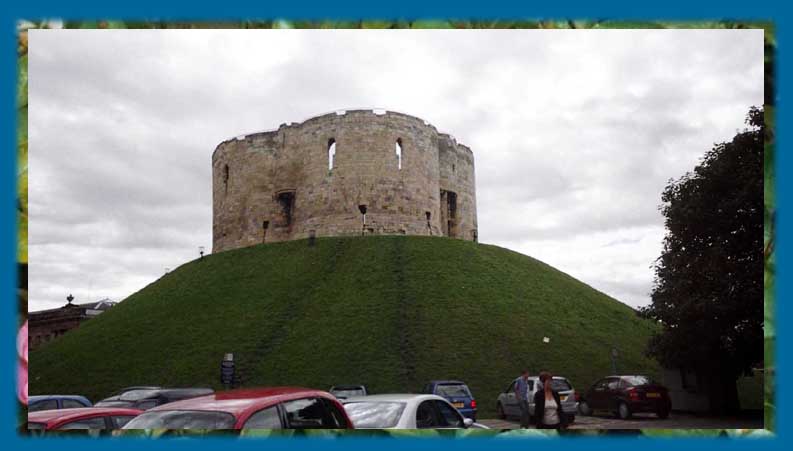
A general view of the remains of York castle.
August 2004 |

Lincoln is the county town of Lincolnshire, the
county which forms the Eastern part of central England. Although now
it is all too often passed by, in the Middle Ages it was a
prosperous trading centre with strong links to Denmark in
particular. Which is why the City could afford to build such a big
cathedral! The oldest part still visible was built in 1250. It
stands on a hill in the City centre, and dominates the surrounding
countryside. |

Blenheim Palace was designed by John Vanbrugh,
ably assisted by Nicholas Hawksmoor. It took many years to complete
in the first quarter of the eighteenth century. Inside, it contains
many tremendous works of art including paintings, sculpture and
furniture, as well as the interior itself.
July 2004 |
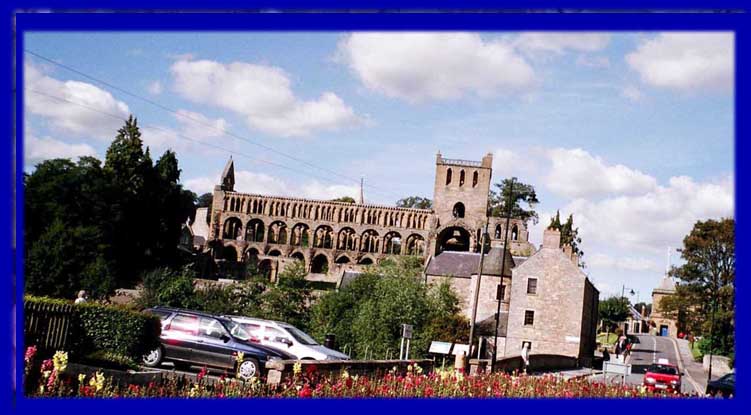
| Jedburgh Abbey was
founded by King David I of Scotland in 1118 as an
Augustinian Priory. It was elevated to the status of an
abbey 1147. It was burned as part of the regular border
warfare in the early sixteenth century, and ultimately
suppressed in 1559. The ruins still dominate the town. |
Scotland.
1 September 2004 |